A Looming Tax Crisis: Rising Rates Ahead for Americans Unless Congress Takes Action
As the new session of Congress begins on January 3, 2024, lawmakers face a crucial set of fiscal decisions that could shape the financial future of millions of Americans. The stakes are high, with trillions of dollars hanging in the balance as discussions will determine how much tax revenue will remain in the pockets of citizens versus how much will be funneled into the U.S. Treasury to fund various government initiatives. This “fiscal cliff,” which has been building for eight years since the passage of the 2017 Tax Cuts and Jobs Act (TCJA), will have critical implications for individual taxpayers as several key provisions of the tax code are set to expire by the end of 2025. These include the higher standard deduction, expanded child tax credits, and reduced tax rates that have benefited many American families and individuals over recent years.
The TCJA, while making significant changes to federal corporate tax laws permanent, left many individual tax benefits temporary. If Congress does not act to extend these individual tax provisions, taxpayers could see a drastic return to pre-TCJA tax rates, with many Americans facing increased tax burdens. The reduction of the top marginal tax rate from 39.6 percent to 37 percent is among the most pressing issues requiring Congress’s attention. While bipartisan support appears to exist for extending lower tax rates, disagreements within each party complicate matters; for example, some Democrats advocate for the full expiration of TCJA cuts, while certain Republicans consider a partial rollback of corporate cuts.
Fiscal realities cannot be ignored, as well. Cost projections indicate that extending the TCJA provisions could add approximately $4.6 trillion to the federal deficit over the next decade. Even when accounting for potential economic growth from lower taxes, estimates suggest a revenue reduction of up to $3.5 trillion. The pressure to reconcile revenue needs with government spending is exacerbated by the current annual deficits approaching $2 trillion. This fiscal environment forces lawmakers to confront tough choices: without significant spending cuts, alternative revenue sources must be identified to address the looming deficits and ensure continued funding for necessary government services.
As these discussions unfold, key tax provisions such as the cap on the state and local tax (SALT) deduction and the child tax credit are also on the negotiating table. Maintaining the SALT cap could lead to greater tax equity by ensuring that wealthy taxpayers in high-tax states like New York and California contribute their fair share, while its removal may generate additional revenue. Conversely, extending the expanded child tax credit, which is favored by lawmakers, would come with a cost of about $600 billion over the same decade. Both parties recognize that increasing benefits for one group implies a burden on others, or further increasing the national deficit.
Public awareness of the impending fiscal cliff is vital for informed voter engagement, particularly leading into the 2024 election season. Unfortunately, candidates did not sufficiently emphasize their tax and spending proposals during the election campaign, creating a backdrop of uncertainty as lawmakers prepare to tackle these pressing fiscal issues. Yet, some tax policy think tanks are proposing alternative trajectories. The Center on Budget and Policy Priorities (CBPP) suggests that reverting tax rates for high-income earners back to pre-TCJA levels could alleviate over 40 percent of the cost for maintaining current tax cuts. Meanwhile, the Tax Foundation warns against targeting higher taxes on corporations or wealthy individuals as a solution, positing that such strategies would ultimately harm overall economic growth and disproportionately impact regular Americans through rising costs.
Ultimately, the fiscal cliff represents a complex challenge that blends economic, political, and policy facets. It presents an opportunity for Congress to reassess and possibly recalibrate the relationship between Americans and their federal government regarding tax and spending priorities. However, this task is made especially difficult in a highly polarized and fractious political climate. With critical decisions looming, lawmakers will need to navigate a convoluted maze of competing interests and policy goals, requiring significant compromise and strategic planning to effectively manage the nation’s fiscal health in the coming years.
Share this content:
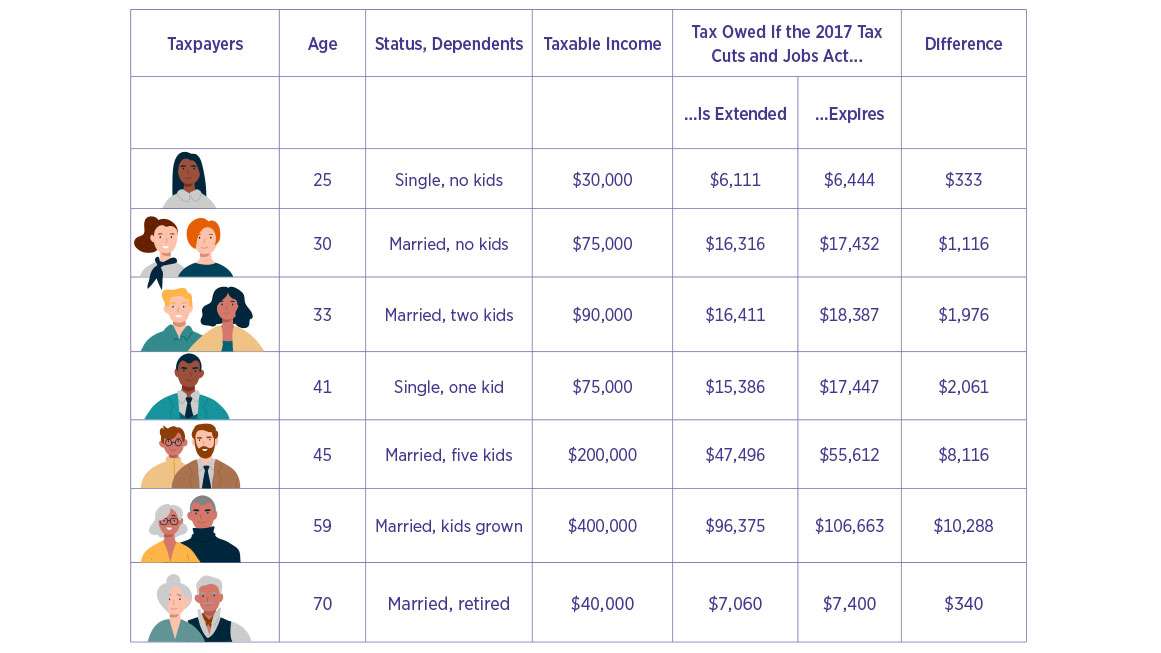


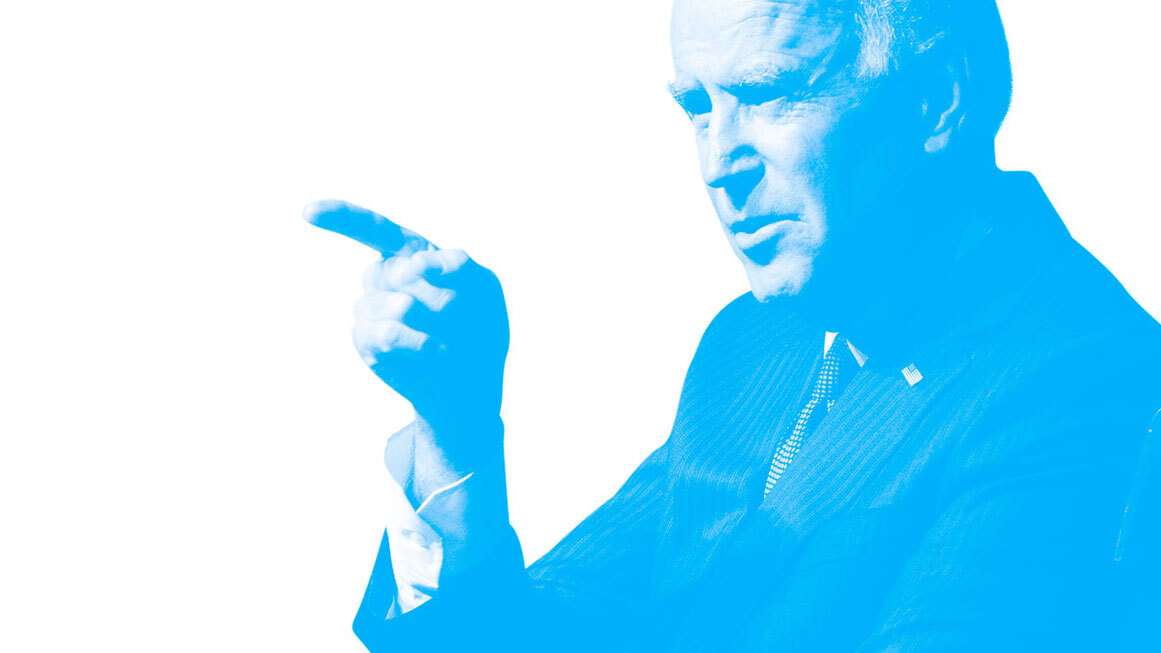



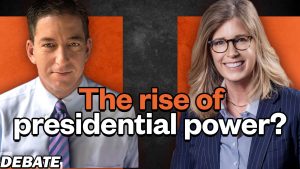
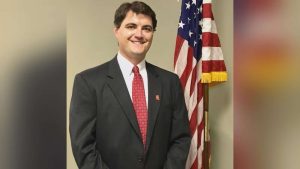
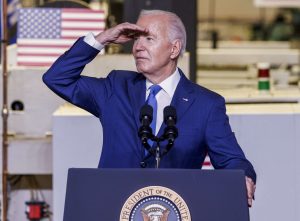
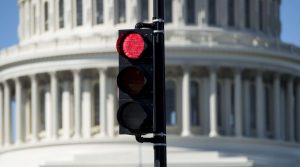
Post Comment